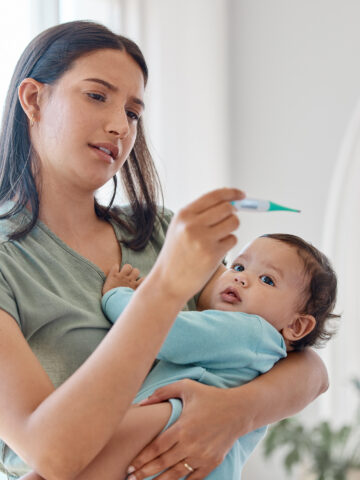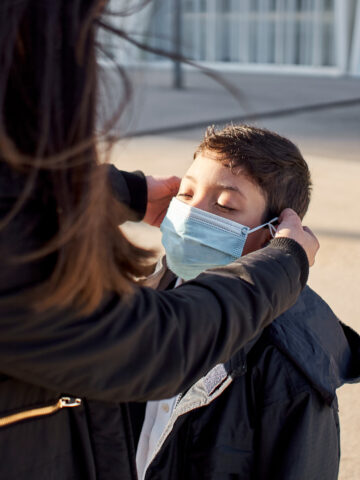With many communities beginning gradual reopening efforts, and distance learning on summer vacation, some families are curious about the safeness of sticking to their previously scheduled summer travel or considering new getaways. These tips from the Centers for Disease Control can help you make a safe decision for your family.
Before leaving home, consider:
- Is COVID-19 spreading where you live? Even without symptoms, you can spread COVID-19 to others if you travel.
- Is COVID-19 spreading where you’re going? You can get infected while traveling and spread the disease when you return home.
- Will you be able to stay 6 feet from others while traveling? Being within 6 feet increases your chances of getting COVID-19, or infecting others.
- Is anyone in your group more likely to get ill from COVID-19? Older adults, and those at any age with a serious underlying medical condition, are at higher risk of severe illness from COVID-19. If you live with someone who is at high risk, you could get infected while traveling and spread COVID-19 to them when you return, even if you don’t have symptoms.
- Does the government where you live or where you’re traveling to have self-isolation requirements? Some state and local governments require recent travelers to stay home for 14 days.
- If you get sick with COVID-19, will you have to miss work or school? People who are sick need to stay home until they are no longer considered infectious.
Tips for staying safe while traveling
If you travel, implement the following precautions during your trip:
- Clean your hands often. Practice proper handwashing, using soap and water for at least 20 seconds. Or, use a hand sanitizer with at least 60% alcohol.
- Avoid touching your eyes, nose or mouth.
- Keep 6 feet of physical distance from others.
- Wear a cloth face covering in public.
- Cover coughs and sneezes.
- Use drive-throughs or curbside pickup for food and other items whenever possible.
Choosing your method of travel
If you decide to travel, consider the following risks for getting or spreading COVID-19 depending on your method of travel.
- Air travel – Spending time in security lines and terminals can mean being near other people, as well as frequently touched services. Social distancing is difficult on crowded flights, and you may be sitting near others for hours, which can increase your risk for getting COVID-19.
- Bus or train travel – These can involve sitting or standing within 6 feet of others, increasing your risk of exposure.
- Car or RV travel – Making stops for gas, food or bathroom breaks can mean being near other people and frequently touched surfaces.
- Camping – If a campground is your final destination, be aware that sharing public facilities, such as restrooms, picnic areas and trails, can pose a risk. If you’re at high risk for getting very ill from COVID-19 and the campground is in a remote area far from medical care that location may be especially unsafe.
No matter what mode of transportation you choose, be sure to anticipate your travel needs and those of anyone in your family before leaving home:
- Bring enough medicine to last the entire trip.
- Pack plenty of hand sanitizer; make sure it’s at least 60% alcohol.
- Wear a cloth face covering in public.
- Pack water and non-perishable food in case restaurants or stores are closed.
- Consider COVID-19 precautions when booking overnight accommodations.
- Be mindful of the CDC’s guidance on cleaning and disinfecting surfaces.
Important reminders
It’s important to remember not to travel if you’re sick or if you’ve been around someone with COVID-19 in the past 14 days. Do not travel with anyone who is sick.
This article was updated on June 24, 2020.
Get more expert health advice delivered to your inbox monthly by subscribing to the KidsHealth newsletter here.
Learn more about COVID Vaccines for Children and Teens
Get answers to your frequently asked questions – and some peace of mind – with this complete guide to COVID-19 vaccines from CHOC pediatric experts.





